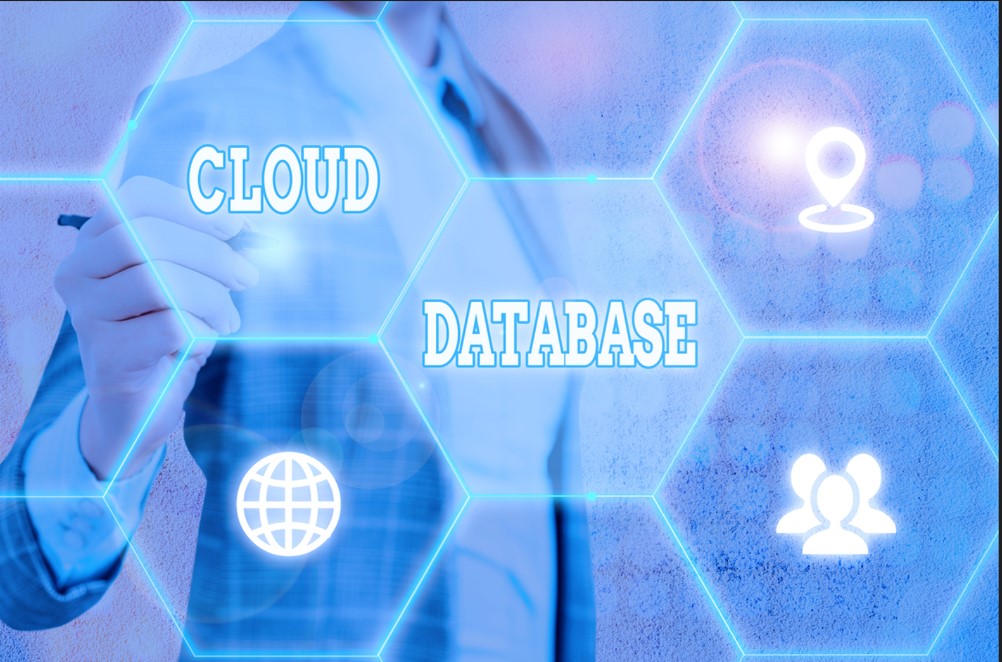
Whether it’s already in place, in progress, or planned, cloud database migration is front and center for IT professionals—from those writing code and configurations to those leading technology strategy at global enterprises. In fact, a recent Cloud Database Trends Survey from MariaDB found that 61% of IT professionals polled said their companies were either already fully migrated or working to complete their database migration to the cloud. Another 36% were partially migrated or working on a partial migration, with the remaining 3% in the planning stages. No respondent reported no migration activity or plans.
The survey targeted those in the know, DBAs (49%), developers using databases (35%), and IT Heads, including CTOs and CIOs (25%), all of whom had a role in the selection and management of database services or database software at their companies at the time of the survey. The vast majority (90%) represented medium to large businesses. Respondents’ views converged around some major topics in the database landscape, namely, the usefulness of multi-cloud deployments, a desire for solutions rooted in open-source, the need for a “powerful” database to handle the “explosion” of data, and certain benefits of database-as-a-service (DBaaS). But some views around security, analytics, automation, flexibility, and elasticity with respect to migration diverged according to the respondent’s job. As cloud database revenue soared to $39.2 billion last year and now constitutes more than 49% of all managed database revenue, according to Gartner, it’s worth digging into the survey findings, some expected, some considerably more surprising.
See also: 22 Top Cloud Database Vendors
Wide agreement on multi-cloud capabilities
As companies migrate, the vast majority (90%) of the IT professionals surveyed agreed that it’s essential to choose a database vendor that supports multi-cloud capabilities. Not just a nice-to-have, but essential. Instead of locking into a single provider, a multi-cloud approach involves strategically using cloud services across several providers, typically the major public clouds or hyperscalers—AWS, Google Cloud Platform (GCP), Azure, Alibaba, IBM, and others, as well as private clouds. It’s a notion structured around choice to gain new efficiencies, just as hybrid approaches often are, which leverage cloud along with on-premises hardware for various workloads.
Some major enterprises are all-in on multi-cloud, and they’re talking about it. According to a recent article, Walmart confirmed that its major shift to multi-cloud was a strategic choice to save millions in IT costs—specifically, 10 to 18% in cloud spend. The “heart” of their multi-cloud architecture is an abstraction layer making it easy for developers to spin up resources in a cost-effective manner without thinking about it. Some analysts have begun calling this kind of architecture “supercloud.” Microsoft is also openly encouraging wider multi-cloud adoption among U.S. public sector agencies and contractors in an organized effort with Google, VMWare, and others in order to balance AWS’s dominance.
Read the rest of this article on RTInsights.

Franz Aman is the CMO at MariaDB Corporation and brings more than 25 years of experience in leadership and innovation across marketing, including global product marketing, product management, strategy, brand, and communications. Franz holds a degree in geophysics from Ludwig-Maximilians University, Munich, Germany. He has held numerous executive positions within industry-leading technology companies, including Informatica, SAP, BusinessObjects, BEA Systems, SGI, and Sun Microsystems.


